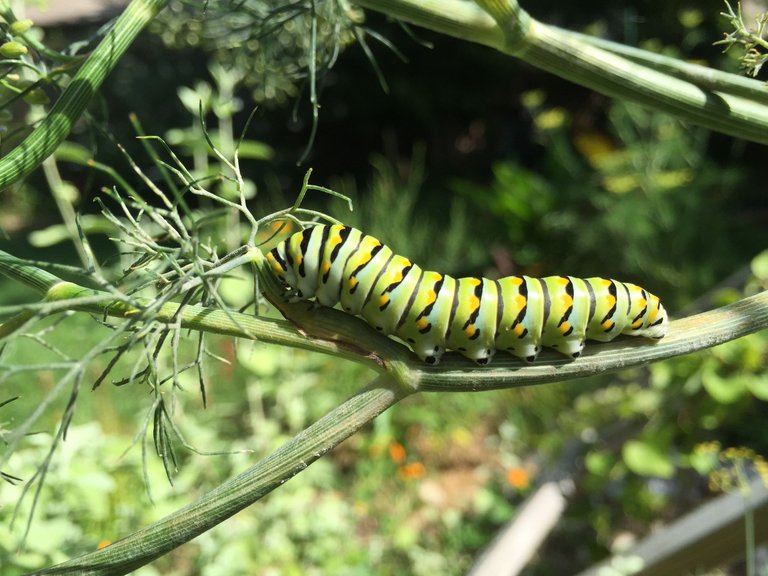
Last fall, say about Novembers end, many of our butterflies went into diapause. This just means they went into hibernation so they could overwinter until Spring. Here in South Texas we had an early, and long winter. Usually we are in the mid 70's all the way up until after Christmas. But this winter started with snow for us December 7.
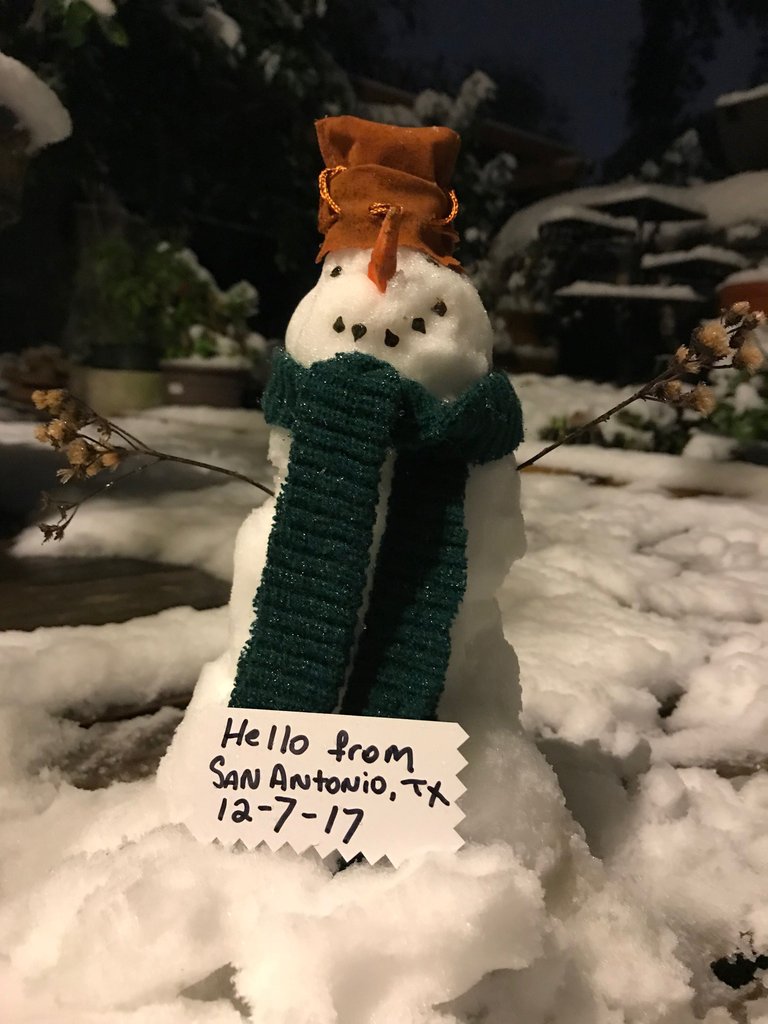
I must be honest, I like a warm winter. Because that means butterflies all the way through Christmas! But this year we had no such luck. But I was so happy Monday (2/19/18) when I found this chunky butt (Black Swallowtail) on the Parsley. I was doing a happy dance for sure. I was going to have a nice plump caterpillar for my class on Saturday.
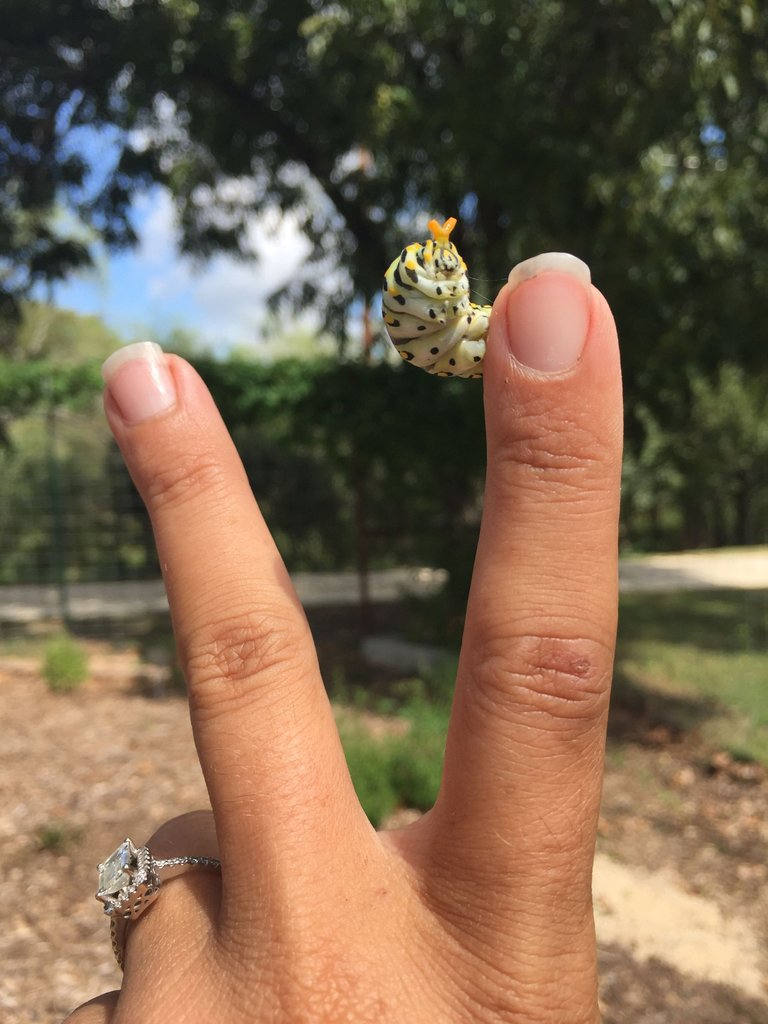
I really enjoy teaching others about our butterflies, and kids just love to hold the caterpillars. You'll see ear to ear smiles. And that is what makes it all worth while for me. But during all my excitement over this caterpillar, I got fooled by Mother Nature LOL, no caterpillar for me to show and tell. It had other plans and dreams of becoming a butterfly. So it has perched, and I will have a chrysalis to show instead.
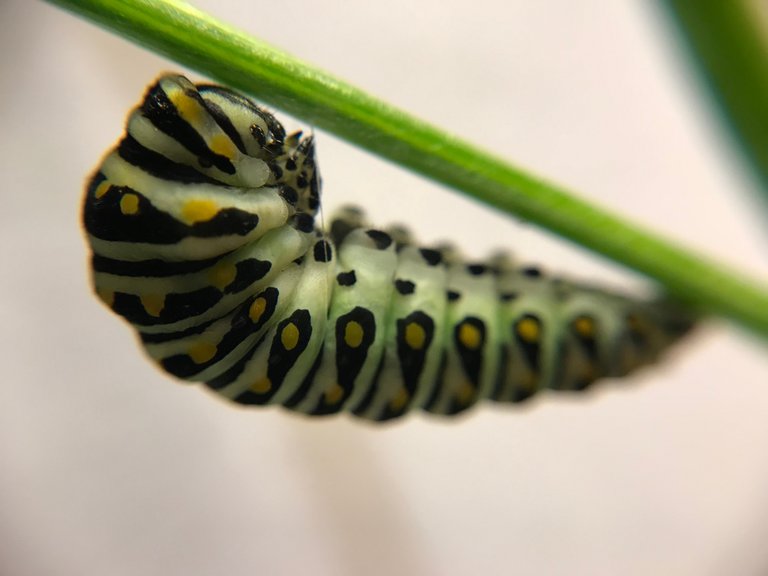
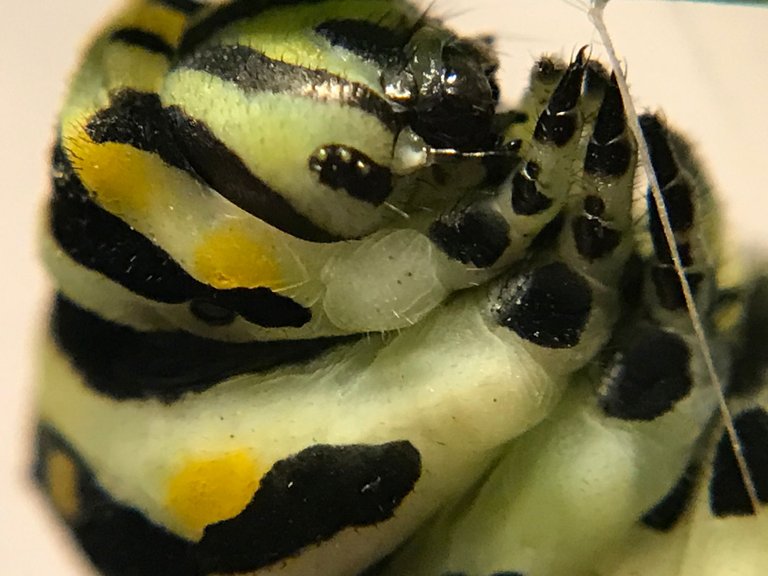
I'm just ready for butterfly season to begin. And its all about to start real soon. I'll definitely keep you posted! So until next time, Peace, Love, and Butterflies✌🏼💝🦋🦋
These creatures are so interesting! Amazing how the morph from caterpillars to the lovely butterflies everyone truly enjoys!
that caterpillar I believe is an eastern black swallowtail. it will eat up all your basil plants in no time!!
You are absolutely correct. This is a Black Swallowtail. But they don’t eat basil. They host on herbs such as Parsley, Dill, Fennel, Rue, and plants in the carrot family. You definitely want to make sure you plant enough for them. They can be heavy eaters in the last two instars.
OMG! Yes, it was my parsley they decimated not the basil!! Oy, my old brain is going....
I know how that goes, on many occasions I resemble that too!
I would love to grow caterpillars native to the Mojave desert. I believe this includes Monarchs. I am a Zoology teacher at a local high school. This would be a great exercise for my students to engage their minds. If you know how I could acquire the eggs and other supplies, I would be appreciateive.
I have rearing cages available for sale, to rear caterpillars in. If you plant the right host and nectar plants, you will never have to buy caterpillars or eggs. Plant it and they will come!!

If this is your first time trying to rear a butterfly, may I suggest your native Swallowtail. which would be, Desert black swallowtail(Papilio polyxenes coloro)
Larval food: Primarily Thamnosma montana (Turpentine Broom - Rutaceae), Daucus carota (Wild Carrot), Foeniculum vulgare (Fennel), Tauschia parishii (all Apiaceae), and Ruta graveolens (Rue - Rutaceae), etc. Can be reared on a variety of Rutaceae and Apiaceae.
Swallowtails are the easiest to rear, and often have less complications for beginners. You can definitely plant native Milkweed to attract Monarchs. The milkweed species found native, naturalized, or cultivated in the desert southwest region are, Spider Milkweed (Asclepias asperula); Short-crown Milkweed (A. brachystephana); Hall’s milkweed (A. halli); Giant Sand Milkweed (A. erosa); Mahogany milkweed (A. hypoleuca); Swamp Milkweed (A. incarnata); Corn kernel Milkweed (A. latifolia); Zizotes Milkweed (A. oenotheroides); Showy Milkweed (A. speciosa); Horsetail Milkweed (A. subverticillata); Butterflyweed (A. tuberosa); Whorled milkweed (A. verticillata), and Climbing milkweed (Funastrum cynanchoides).
A very nice contribution. It is always fascinating to observe the metamorphosis. In Germany it is still too cold for the butterflies. But soon spring will come and with it also the butterflies again.
Thank you very much for your contribution.
Thank you very much! And Hello from Texas!! Love the Swallowtail butterfly emoji!